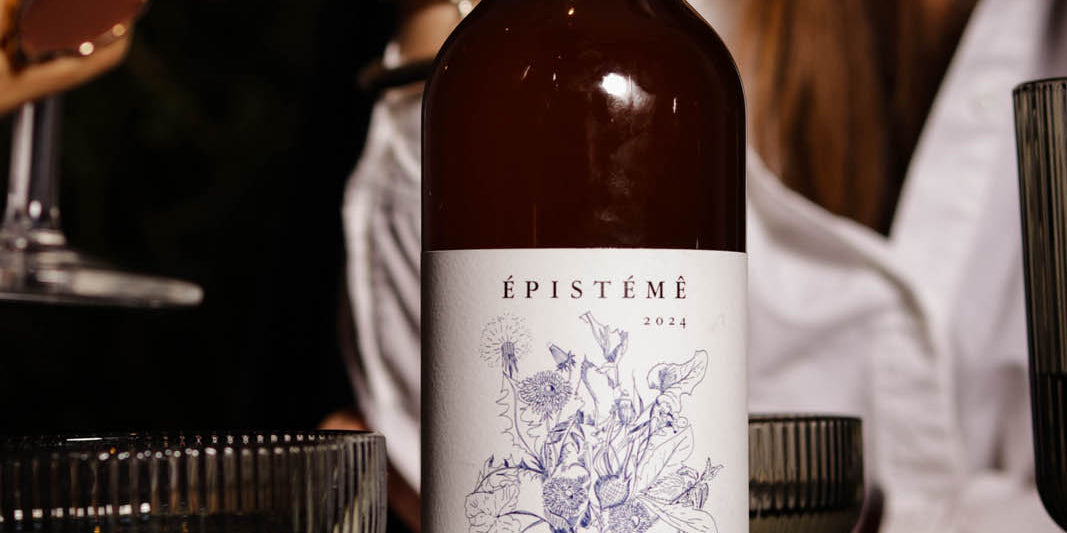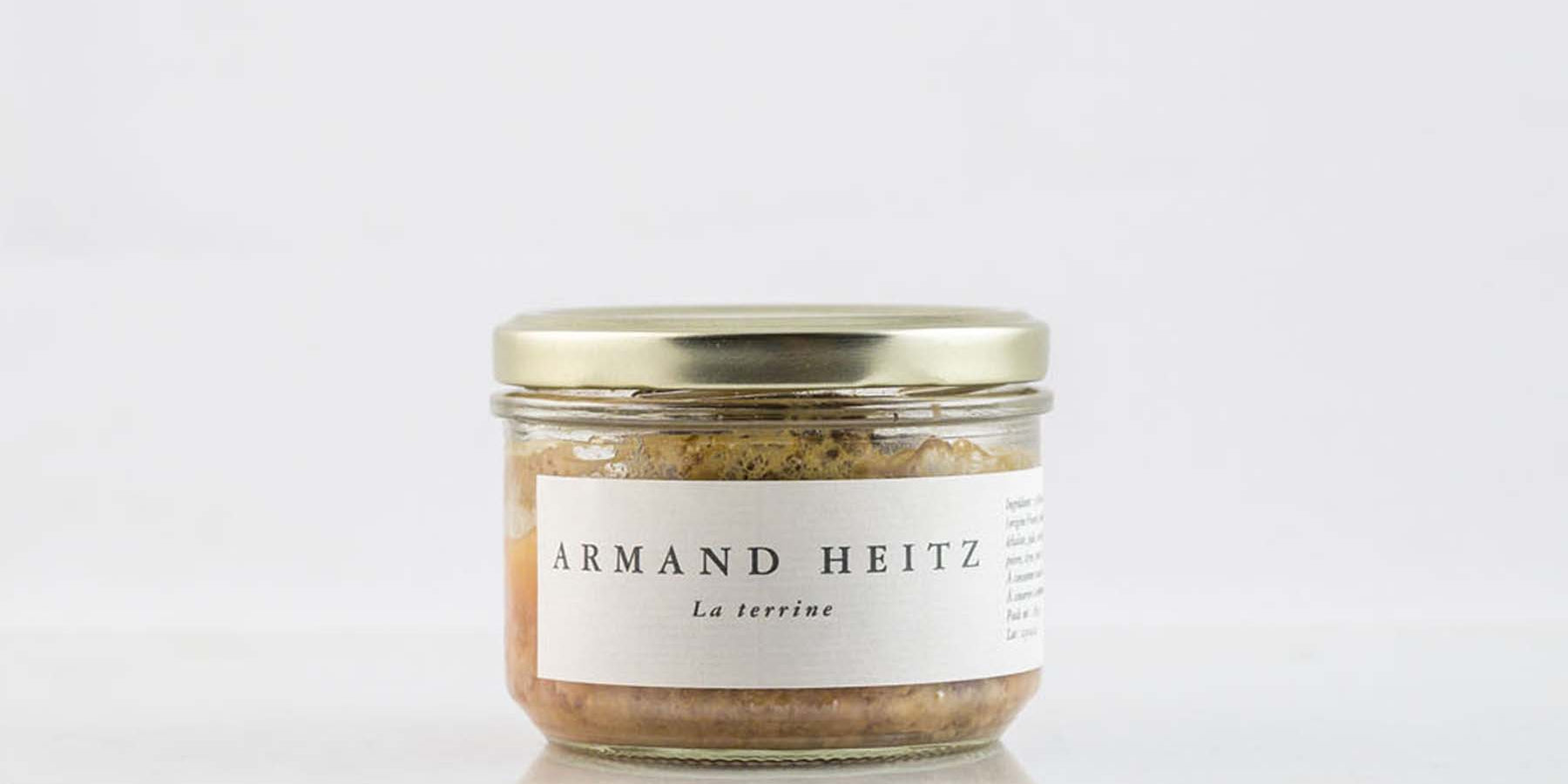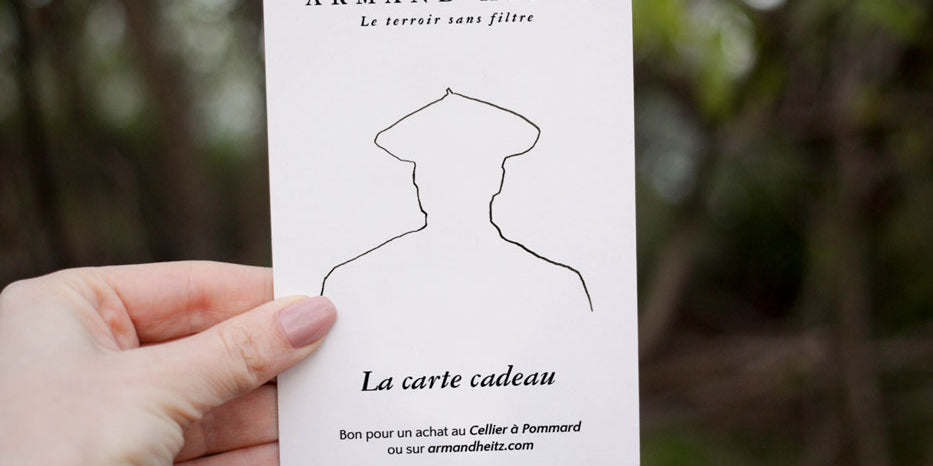Today, as we have lost sight of our basic needs and seek fulfillment in consumption that we can identify with, that justifies our self-proclaimed status, brands are taking advantage. In the era of the 8th extinction , we consume Veuve Clicquot to show that we can afford it and craft beer to show that we are in tune with the times. In the same way, the alcohol industry targets genders by relying on crude, but effective, clichés. Put pink on your bottle and fruit flavors in it and boom, it will be a drink for women. This marketing, disconnected from any reality, is based on a pseudo-masculine tradition of alcohol that I will attempt to deconstruct here using the history of the brewing industry as an example.
Beer, that masculine and barbaric drink by nature... What if I told you that until the monks took over the brewing tradition in the Middle Ages, there were almost only female brewers? And that during Antiquity, the biggest beer drinkers in the West were women?

For 14,000 years since the discovery of beer, and up until the Middle Ages, beer was a product made by women and often for women. This was until the church took over the business, preserving and enforcing certain traditions along the way. If you do the math, beer has been "masculine" for a fraction of its existence.
The fact remains that since then, beer's image has changed. We learn in some history books that barbarians drank beer and that civilized peoples around the Mediterranean drank wine. It was even one of the ways to recognize a civilized people from a "barbarian" one. And once again, we quickly make the shortcut between barbarians and masculinity. Later, traditions became regionalized. The English, for example, popularized porter, the black beer of English dockers since the 18th century, which reeks of testosterone and manual labor. Abbey beers have remained popular ever since, and beers have become famous after the approval of great statesmen, such as Hefeweizen in Germany by the Duke of Wittelsbach of Bavaria or Russian Imperial Stout by Tsar Peter the Great, but there are few, if any, stories of "important" women in the recent history of beer. 
Today, women are rightfully reclaiming their place in the spotlight, even if the brewer remains in the collective imagination a cross between a bear and a Parisian bourgeois. Denunciations are pouring in from the industry, and things are slowly moving forward.
The fact remains that these changes must be encouraged, and women's activist associations are multiplying, such as the Pink Boots Society or Les Buveuses de Bières, but it is also up to us men to welcome these changes and encourage them. There is nothing that justifies the low presence of women in the beer, wine, or spirits industries other than male ego and outdated tradition. On the contrary, they must even regain their legitimacy in this world that has erased them and is tending to renew itself, even if it remains too limited.
Oscar Roty's image of the Sower underlines this legitimacy that women must reclaim. She is both a symbol of the republic, renewal, hope and fertility, and a source of inspiration for over 200 years. Armand Heitz's family has always promoted this inspiring image, which is why it is now featured on the estate's cereal-based beer range . In contrast to these beers that use crude, gender-based marketing, it is a meager contribution to showing that women are not just a sales target but also major and traditional players in the alcohol sector who deserve to be associated with quality.
Gregory White










